
What a love of cat ladders says about the Swiss

Visitors to Bern are often surprised by the number and variety of cat ladders snaking their way up houses. “That can’t be safe!” is a common reaction. But whom do the ladders benefit more: the cats or their owners/servants? And why are there so many in Switzerland?
“Switzerland may be the best place in the world to be a housecat,” wrote the National GeographicExternal link in 2019. “They have freedom, autonomy – and their own cat-specific architecture. Be it on the side of a townhouse or apartment complex, custom-built ladders and ramps are designed so cats can come and go as they please.”
The National Geographic was profiling a recently published book, Arcatecture – Swiss Cat LaddersExternal link, by Brigitte Schuster, a German photographer, writer and graphic designer, who admits she was “amazed” when she moved to Bern.
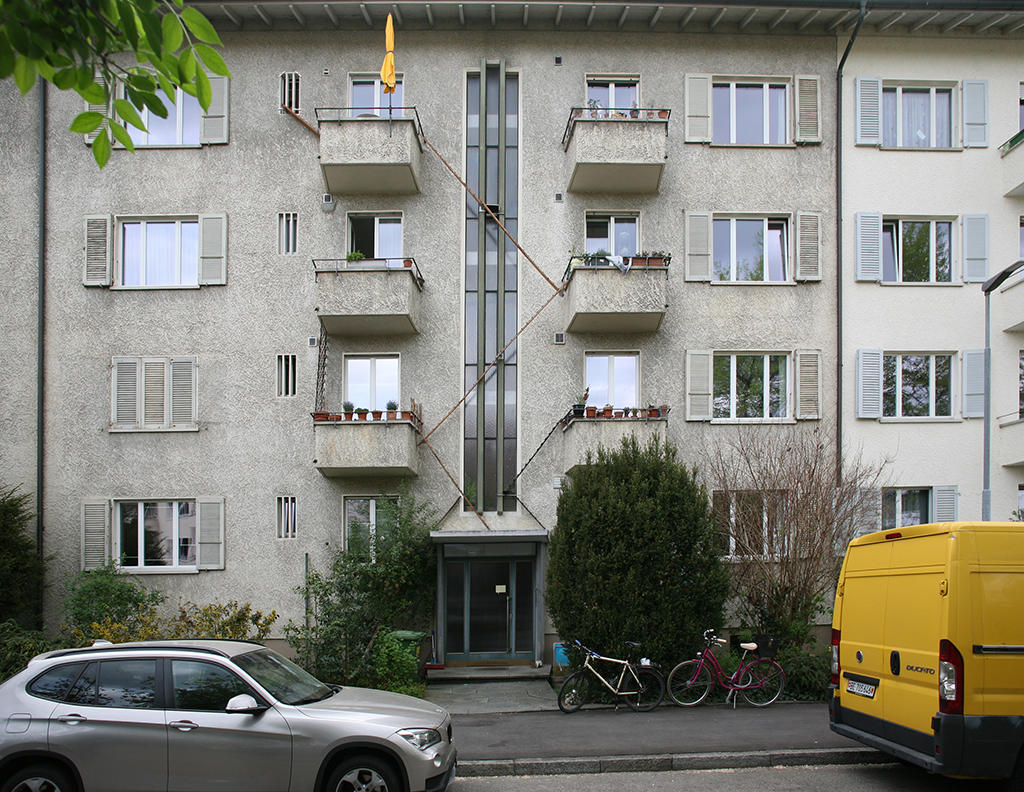
“This portrait of Bernese cat ladder culture is not just about showcasing cat owners’ care and ingenuity. It also offers insight into the social fabric of Bernese neighbourhoods,” she wrote in the introduction to her book.
“Certain elements appear repeatedly, including anti-nuclear flags, bathtubs converted into planters, garden tools, graffiti, children’s toys, building decorations, bicycles, old objects offered for free, Christmas decorations, and, above all, the blue City of Bern garbage bags. You can even find palm trees in Bern!”

The book looks at cat ladders from a sociological, architectural and aesthetic point of view. It features more than 100 photos of ladders taken around the Swiss capital, ranging from the simple to the technically sophisticated and, frankly, hair-raising.
Unsurprisingly, the combination of cats and eye-catching design resulted in the book attracting considerable coverage online. The Guardian for example noted that “strategically placed ramps and ladders for urban cats are all the rage in Bern”, before showing about a dozen of themExternal link.
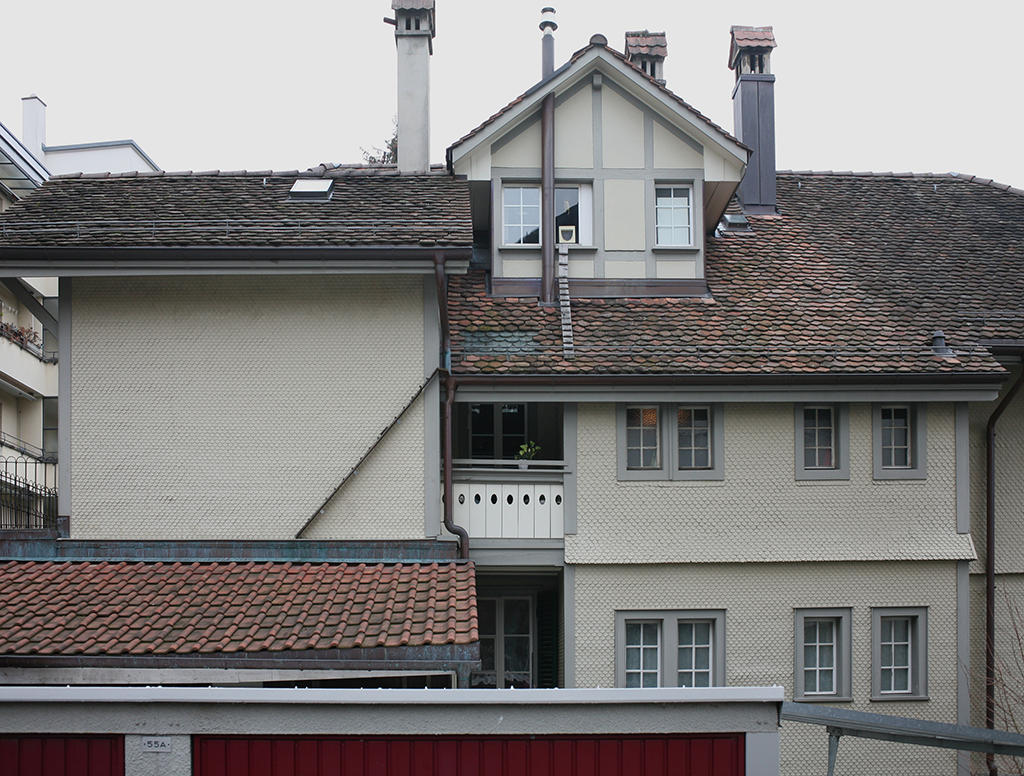
The cat ladder was “finally receiving the attention it deserves”, according to an article in Swiss ReviewExternal link, the magazine of the Organisation of the Swiss Abroad. “They are a typical yet overlooked urban development phenomenon – cat ladders in Swiss suburbia. Nowhere else on the planet do they discreetly blend into the urban landscape in such incredible numbers and wide-ranging designs.”
This craftsmanship, it noted, took the form of “spiral staircases, narrow and perilously teetering bridges, climbing aids in artistically designed zigzag patterns and fur-covered miniature balconies screwed into house façades”.

Quiet cats vs loud dogs
Around two million cats prowl around Switzerland (human population nine million), of whom around a tenth are homeless and feral, estimates the Tier im RechtExternal link animal rights foundation. Unlike in the United States, where most cats are kept indoors, most cats in Europe, and especially in Switzerland, can access the outdoors thanks to ladders and flaps.
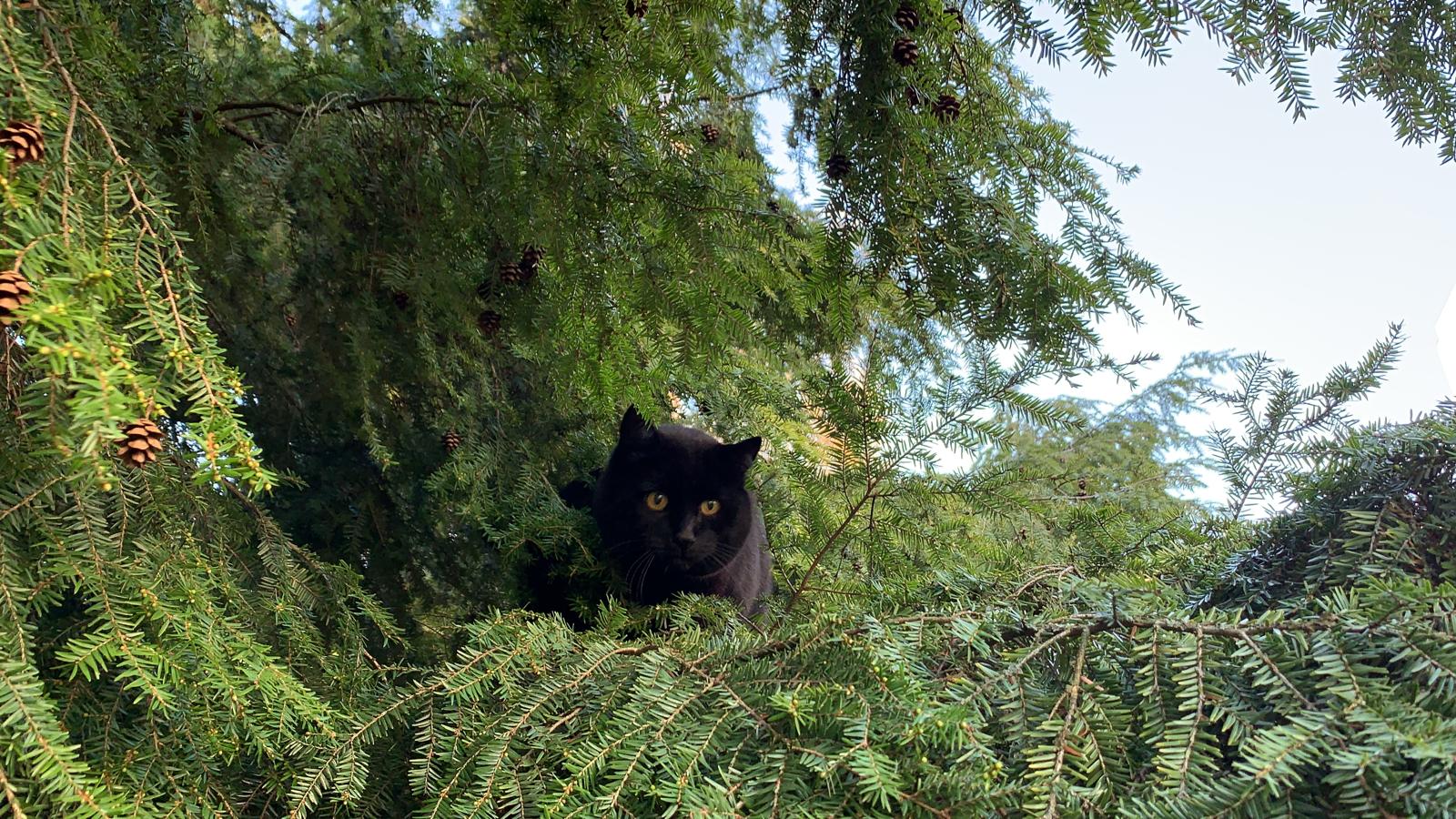
More
Feline felons: what to do with Switzerland’s killer cats?
“In many Swiss cities and villages, one can find unusual structures whose sole purpose is to facilitate the free movement of pets, both indoors and outdoors. In Bern, cat ladders contribute to the city’s visual identity, specifically the character of the city streets,” Schuster wrote. “There is not only a remarkable number of cat ladders in Bern, but also a great variety of cat ladder types.”
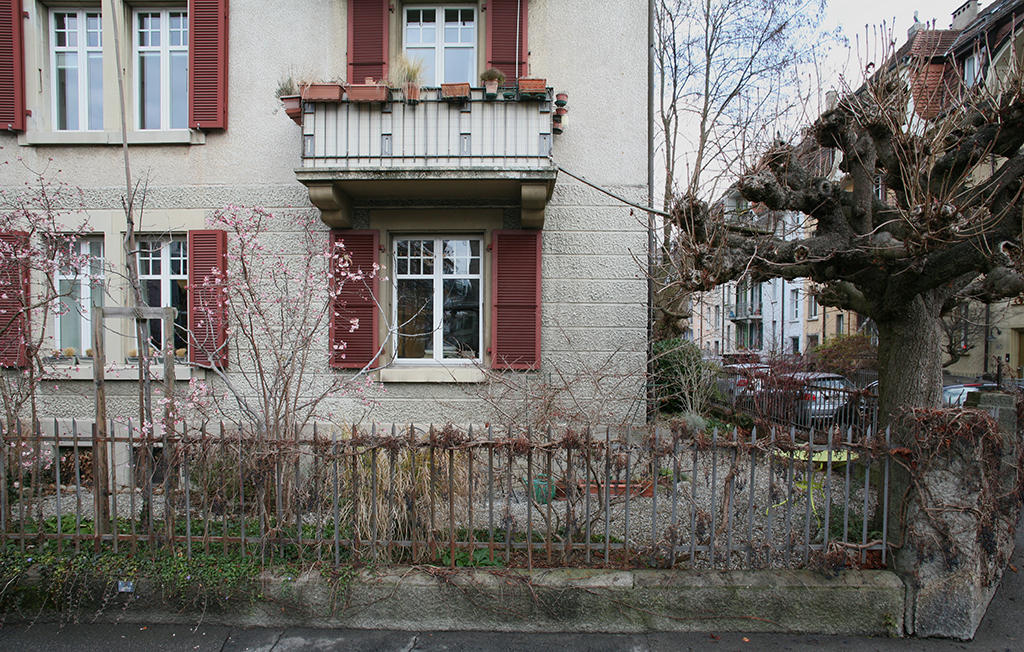
One reason for this, she suggests, is the relatively light traffic, but she says a key reason why cats are “Switzerland’s number one pet” is because two-thirds of Swiss live in rented housing, and landlords prefer quiet cats to loud dogs.

However, if you’re a tenant and are thinking of assembling a ladder, you must get the permission of the landlord. “There’s no mention of pets in tenancy law, let alone cat ladders, so your tenancy agreement applies,” explains 20MinutenExternal link, answering a reader’s query. “According to this, you have the right to install a cat ladder only if it is burglar-proof and not conspicuous.” It admits, however, that the definition of conspicuous is “flexible”.
In addition, it says you’ll also need to get the consent of the neighbours whose window or balcony the ladder runs along. “After all, it’s not realistic to forbid a cat from exploring the neighbour’s home through open windows or balcony doors.”
‘Important cultural artefacts’
Like Schuster, when I moved to Bern, I was also amazed at the creativity on display, with many ladders seemingly designed by Heath Robinson or Rube Goldberg (Schuster says a cat can survive a five-metre fall onto grass uninjured, but an expert in her book recommends a safety net for ladders above hard surfaces).
My wife and I have had a cat ladder in our last two flats in Bern – keeping cats inside who are used to going out isn’t fun for anyone.
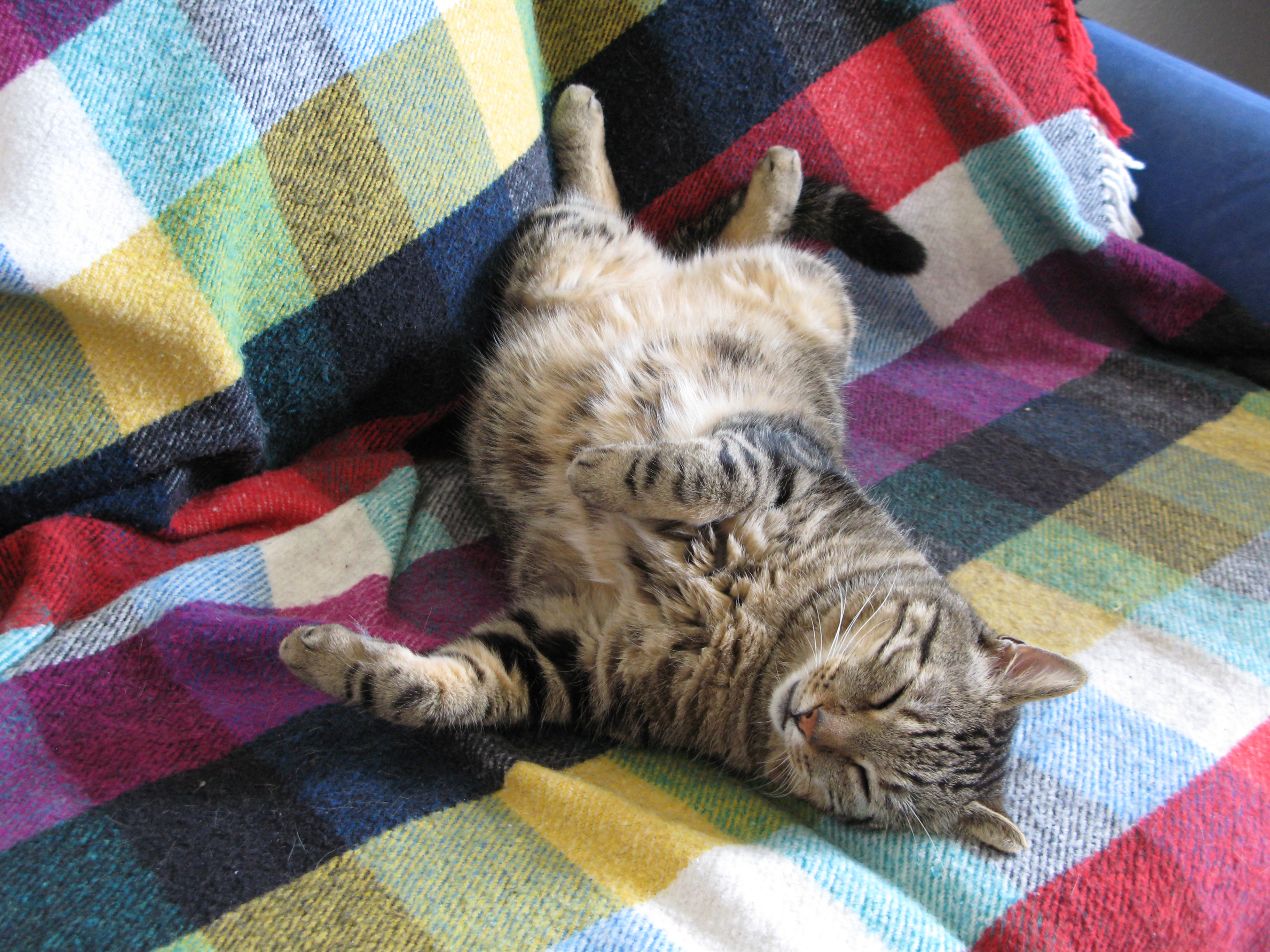
More
Is your pet happy?
In the previous flat, where we had two cats, we had a covered chicken ladder model (it appears in Schuster’s book on page 166!). One cat, Sam, took to it immediately. Buddy, on the other hand, would happily go down but had a psychological block about going up. This resulted in several evenings of dangling sausages on a long piece of string. It was hard work, but I’ll never forget when he nonchalantly walked into the flat through the flap one evening as we were watching television. Finally! No more 3am miaowing outside the bedroom window wanting to be let in.

“Cat owners identify with their animal. The freedom-loving, self-confident Swiss cat owner uses the cat ladder to project their needs and behaviour onto their pet. Despite this projection, both owners and cats benefit from cat ladders in real ways. Cat ladders give freedom: cats who have got used to being able to go outside can independently access flats, and owners do not need to be home to let them in,” Schuster wrote.
Of course, other cats might also like the look of your ladder and invite themselves in. We had to install a chip-activated flap after we were woken in the middle of the night by a neighbour’s cat repeatedly flushing our lavatory like a pinball machine. But in general we are delighted with cat ladders: our current one wraps around the house and is colour-coded with the window shutters.

“In some cases cat ladders become an integral part of buildings. In other cases they appear out of place,” Schuster concluded. “Either way, cat ladders occupy an important place in the visual environment and carry meaning, thus making them important cultural artefacts. Cat ladders that function as outdoor staircases do not yet exist in every country in the world. As such, they are special and typically Swiss.”
Edited by Samuel Jaberg/sb
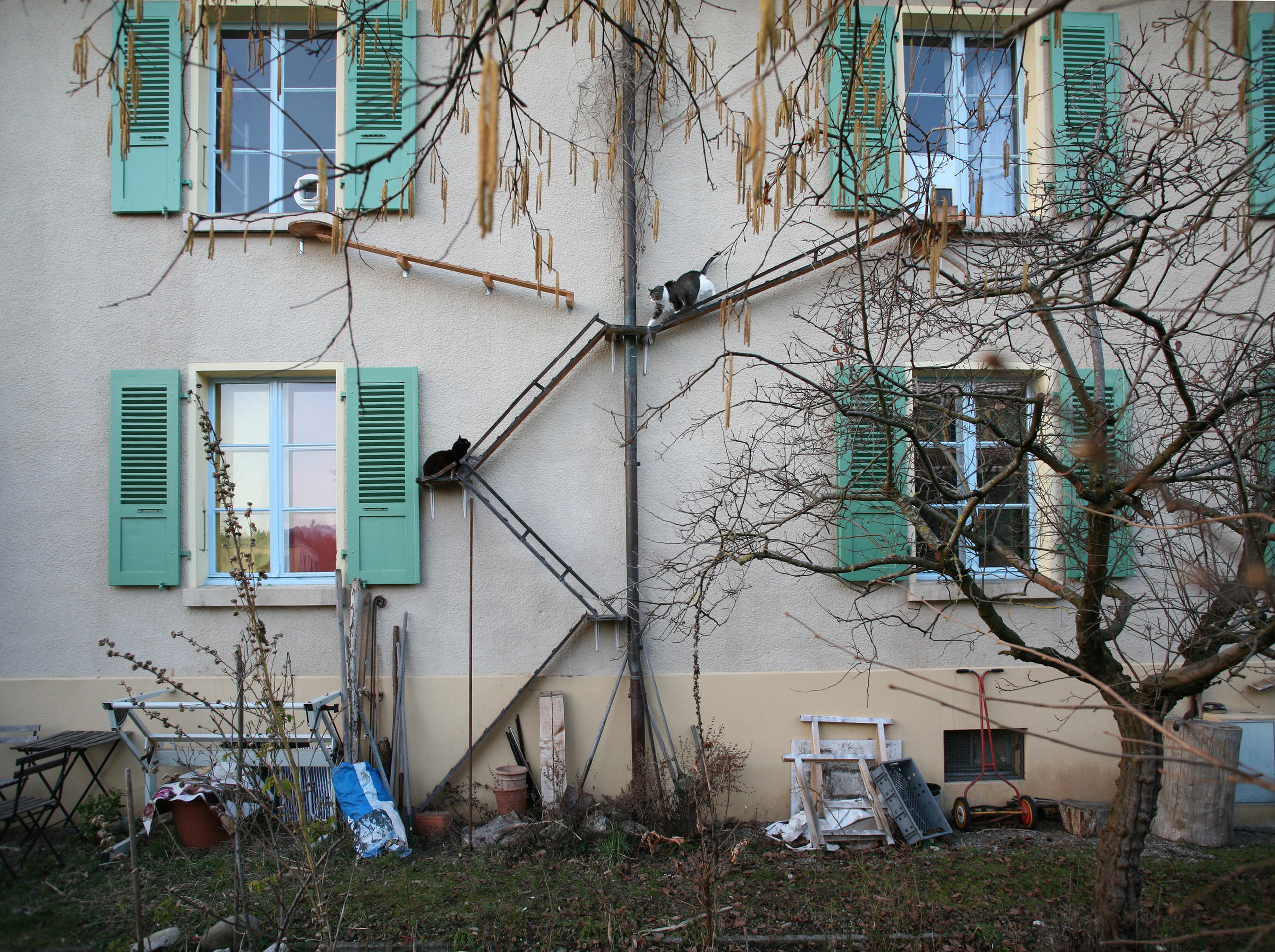
More
Playing cats and ladders in Switzerland

More
Swiss pensioner in court for feeding neighbour’s cat
More

More
How are you, Switzerland? Let us know in our 2025 survey

In compliance with the JTI standards
More: SWI swissinfo.ch certified by the Journalism Trust Initiative





















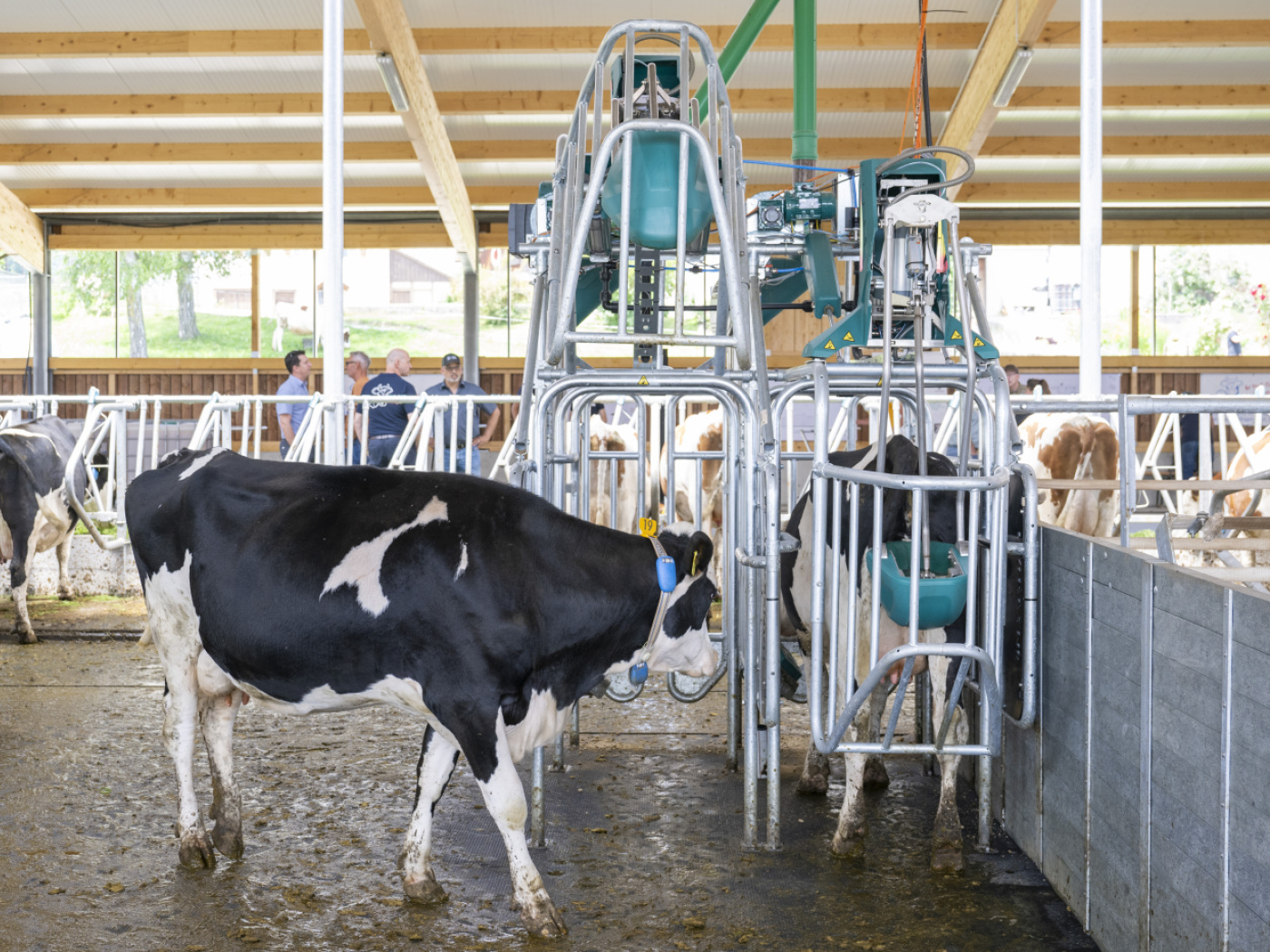















You can find an overview of ongoing debates with our journalists here . Please join us!
If you want to start a conversation about a topic raised in this article or want to report factual errors, email us at english@swissinfo.ch.